Though he apparently didn’t like the term, Judd has been called a minimalist. It’s easy to see why: his objects are characterised by geometric shapes, block colours and balanced proportions. He started out as a painter in New York in the 1950s, though later transitioned to sculpture and interior design. His 1964 essay Specific Objects - some have dubbed it a manifesto - rejected the focus on representing space in images that American culture inherited from Europe. From here on in, Judd would focus on actual spaces, rooms people could visit and live in, and objects in them.
According to
New York’s MoMA, Donald Judd “changed the language of modern sculpture.”


Geometric shapes, block colours and sturdy materials are the basis for Judd’s timeless furniture.


A later essay, titled It’s Hard to Find a Good Lamp, was written for a retrospective exhibition of his furniture at Rotterdam’s Museum Boijmans Van Beuningen (a lot of his work certainly seems influenced by the Dutch De Stijl movement). His furniture has remained a prominent part of his legacy, as a recent online exhibition at New York’s MoMA, or a visit to Ayala de Chinati, in Marfa, Texas, demonstrates. Ayala de Chinati is a 130km2 ranch is where Judd produced his most ambitious work - it has become a site of pilgrimage for many aspiring artists and design enthusiasts.


Never one for fuss, Judd’s furniture is as restrained as his art. There’s a great focus on materials and clean lines. The Judd foundation still produces numbered versions of his designs in the USA on a to-order basis. If the weighty shipping cost and unsurprisingly luxurious price tag put you off acquiring an official Judd piece, why not try and make one yourself? Each item on the Judd Foundation’s furniture site is listed alongside its blueprint. Luckily for those without carpentry experience, Judd wasn’t a fan of complicated design.
Read more

Marzena Skubatz
Marzena Skubatz is interested in the identity of places. Marsibil. Iceland is quite a country to attempt to capture. Sometimes...
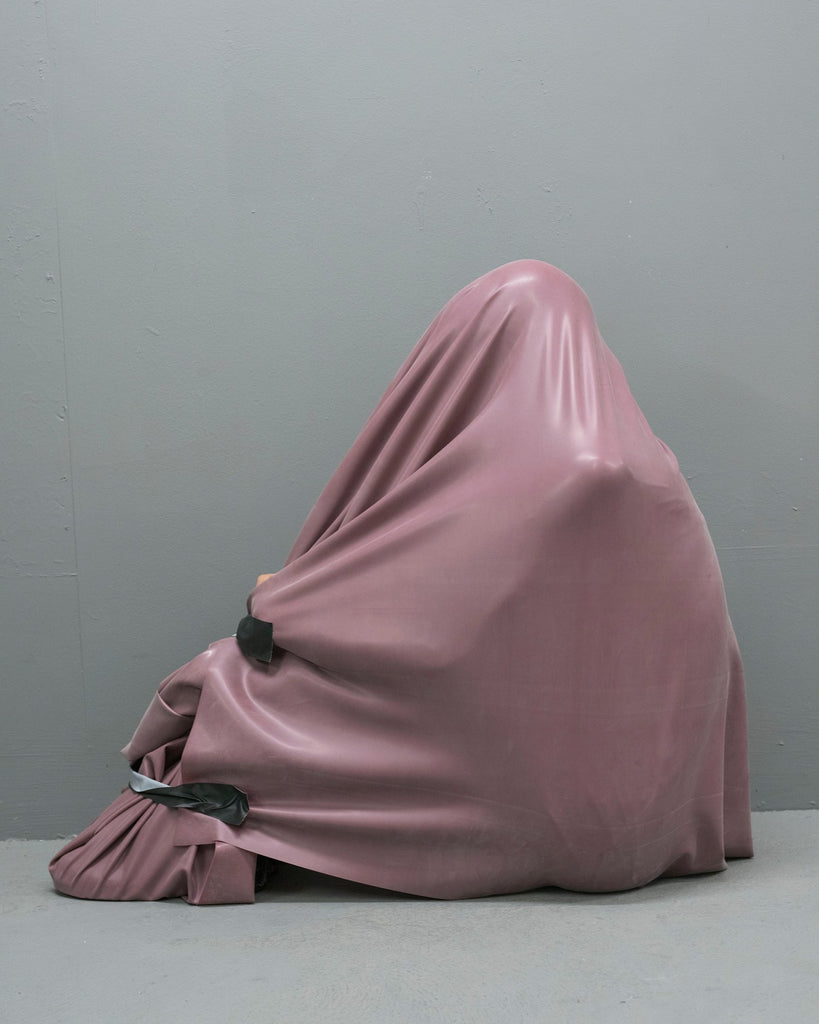
Jackie Nickerson
Jackie Nickerson’s Field Test series presents humans captured by alien objects. A figure is sat with their knees up,...
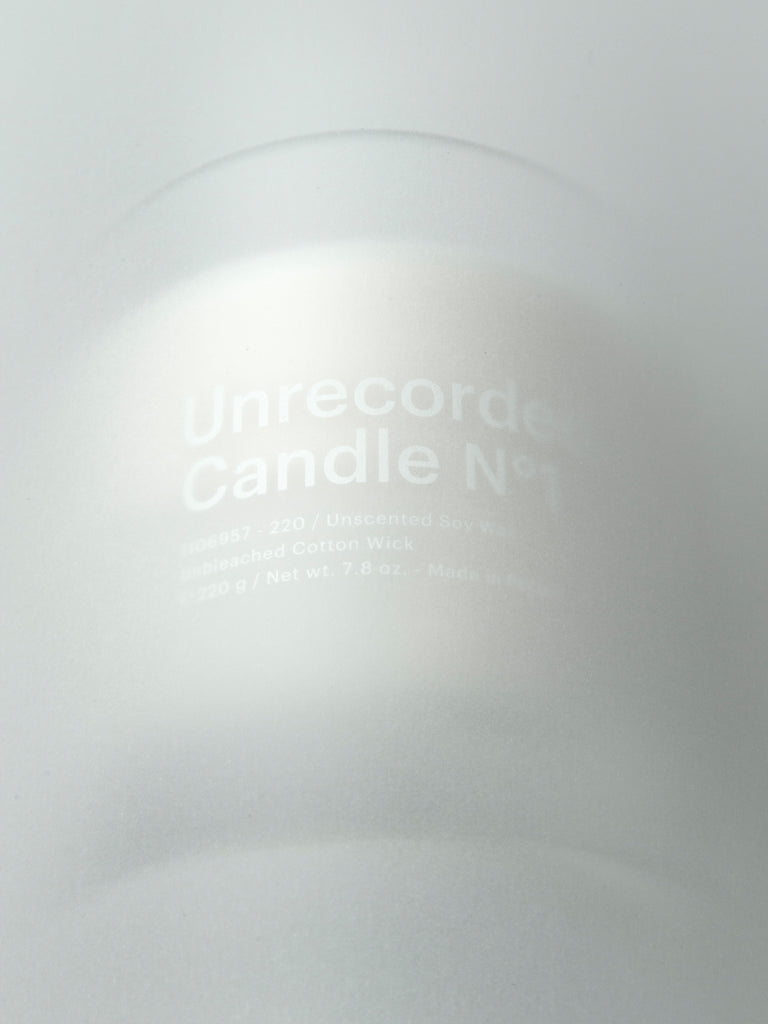
Unrecorded Candles.
Autumn 2020 marks the release of Unrecorded’s candle range. Our selection, coded by rich, mute colours, have been designed for...
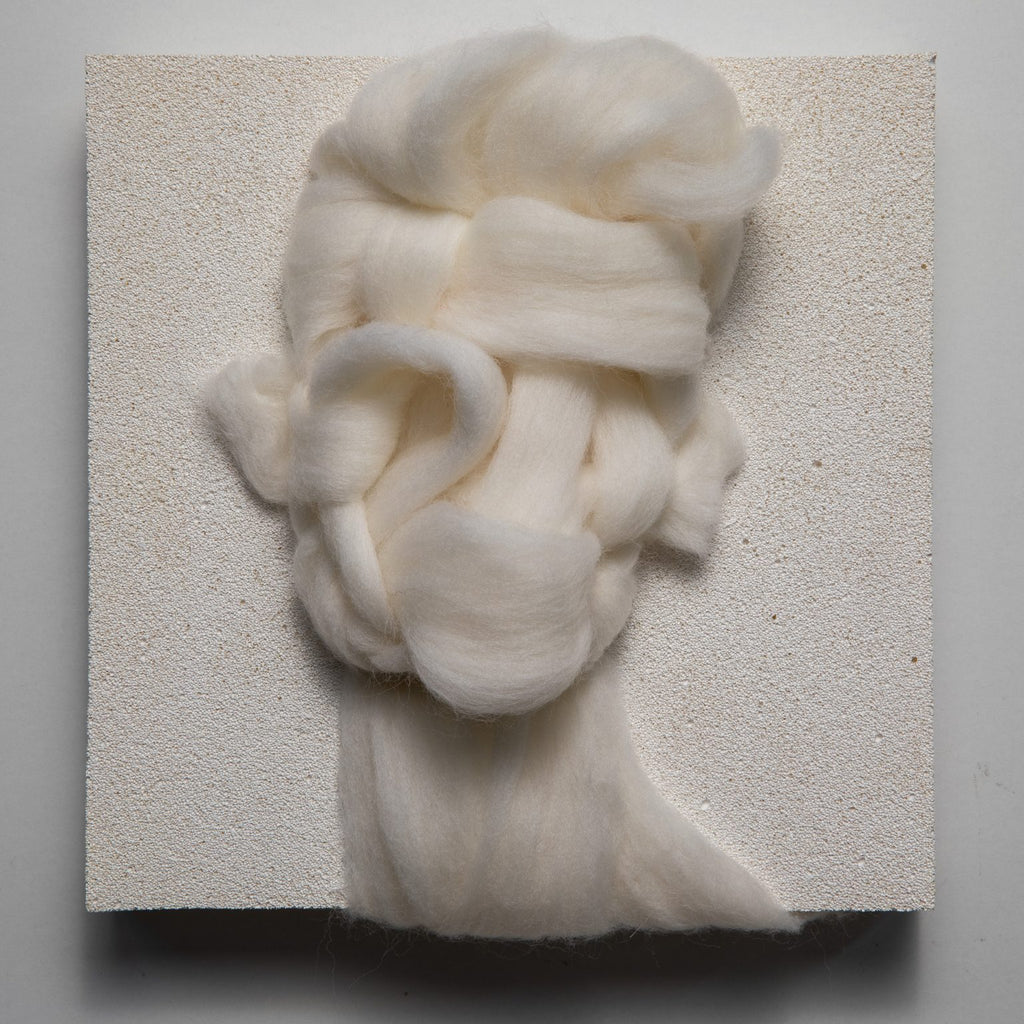
Salman Khoshroo
Salman Khoshroo spent quarantine mastering wool as a material for sculpture. The Iranian artist’s portraits have tended to be tactile....
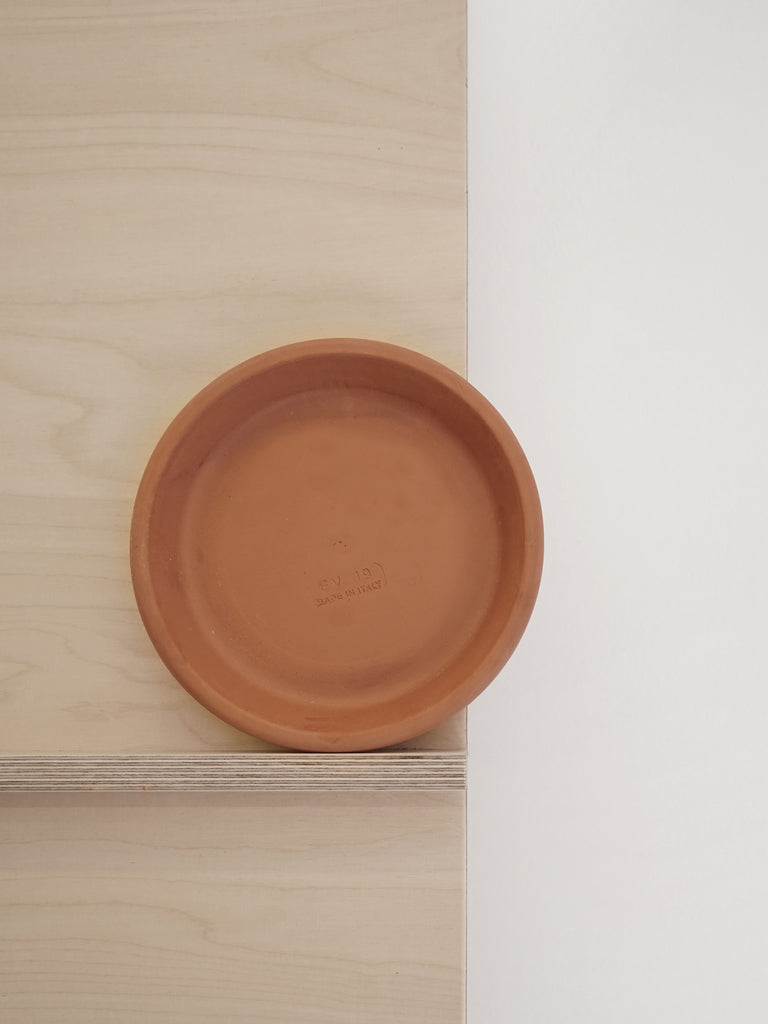
Terracotta
Terracotta is an earthy ceramic that has been produced since the Old Stone Age, at least 29,000 years ago. Latin for "baked earth", Terracotta is based on coarse, porous clay, which is moulded into shape and fired in a kiln at around 1000°C until hard.

Florian Schneider
Tributes have been pouring in for the Kraftwerk co-founder. Electronic music pioneer Florian Schneider passed away at the end of...
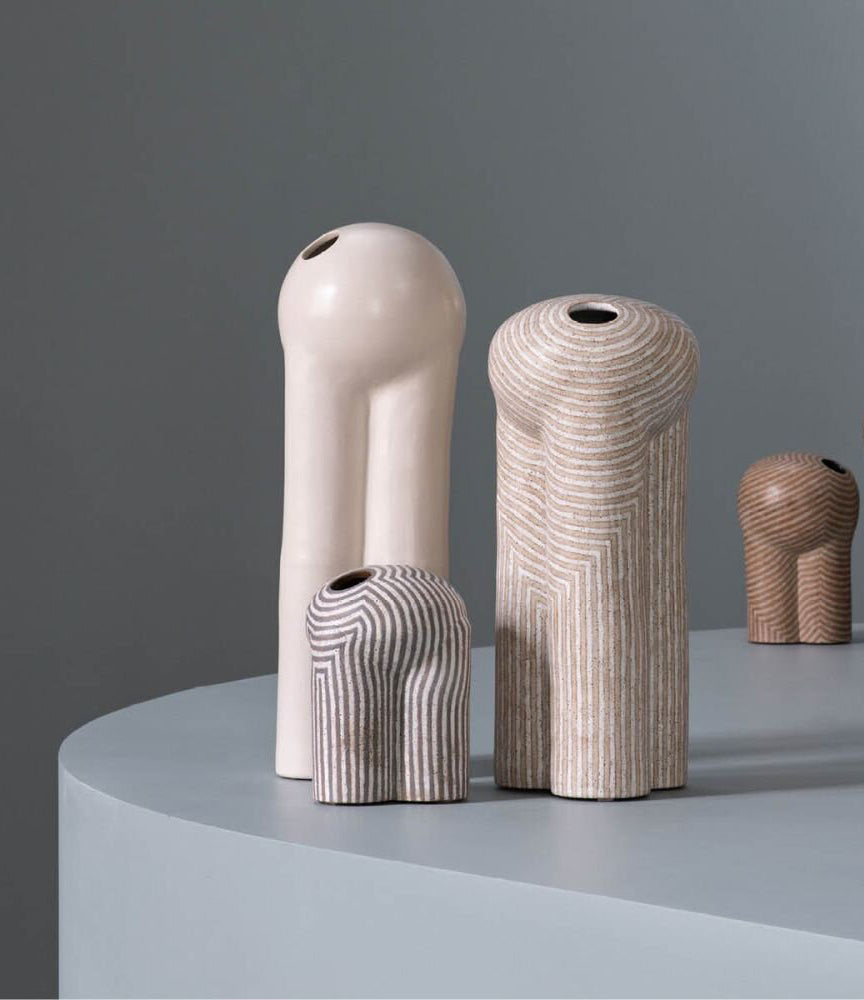
The Piccolo Parade.
Ceramic artist Jeremy Anderson mines the anthropomorphic tensions, playfulness and individuality of his stoneware sculptures. Jeremy Anderson is a ceramic...
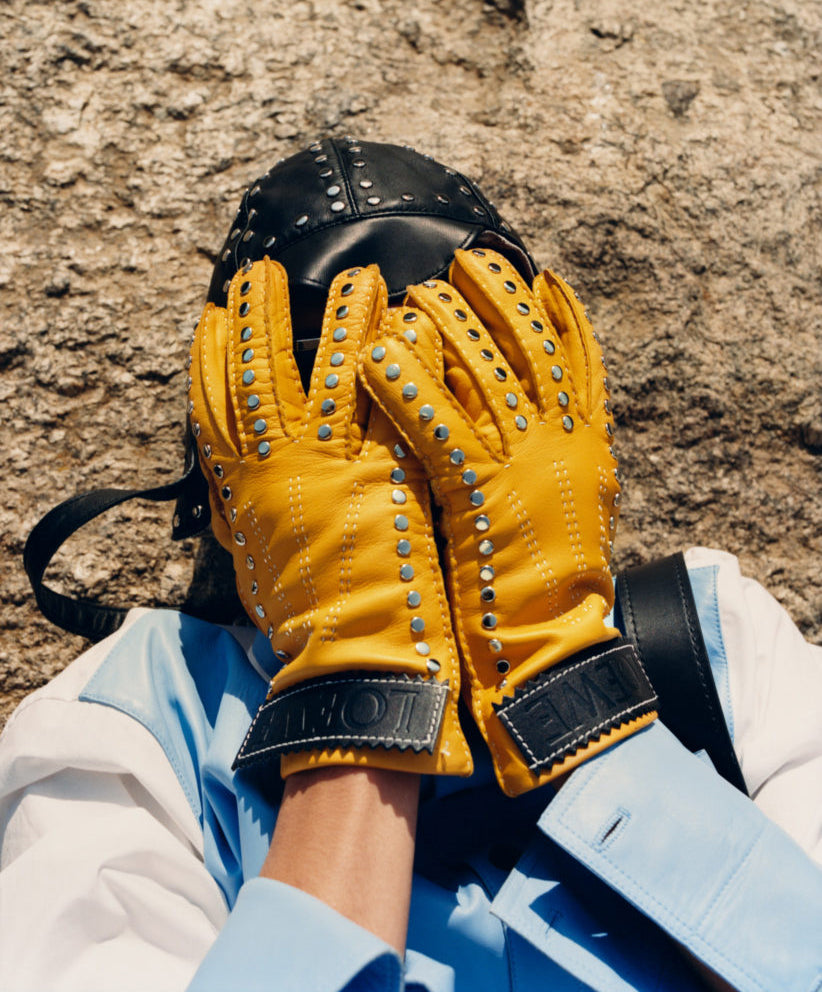
Tyler Mitchell
Tyler Mitchell, a prodigy of photography and video. His portraiture has earned him kudos from some of the most influential...
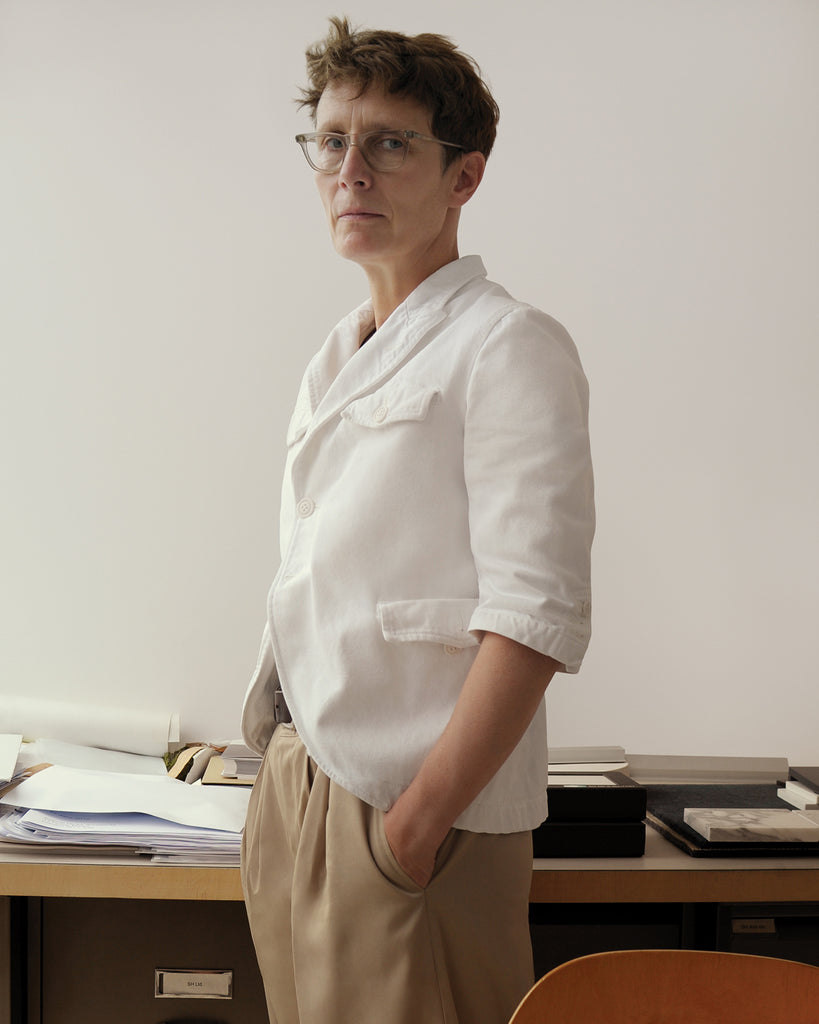
Sophie Hicks is an award winning architect with an eye on minimalism.
Architect Sophie Hicks places white boxes into grey urban environments. Hicks founded her architecture firm in 1990. Since then, the...
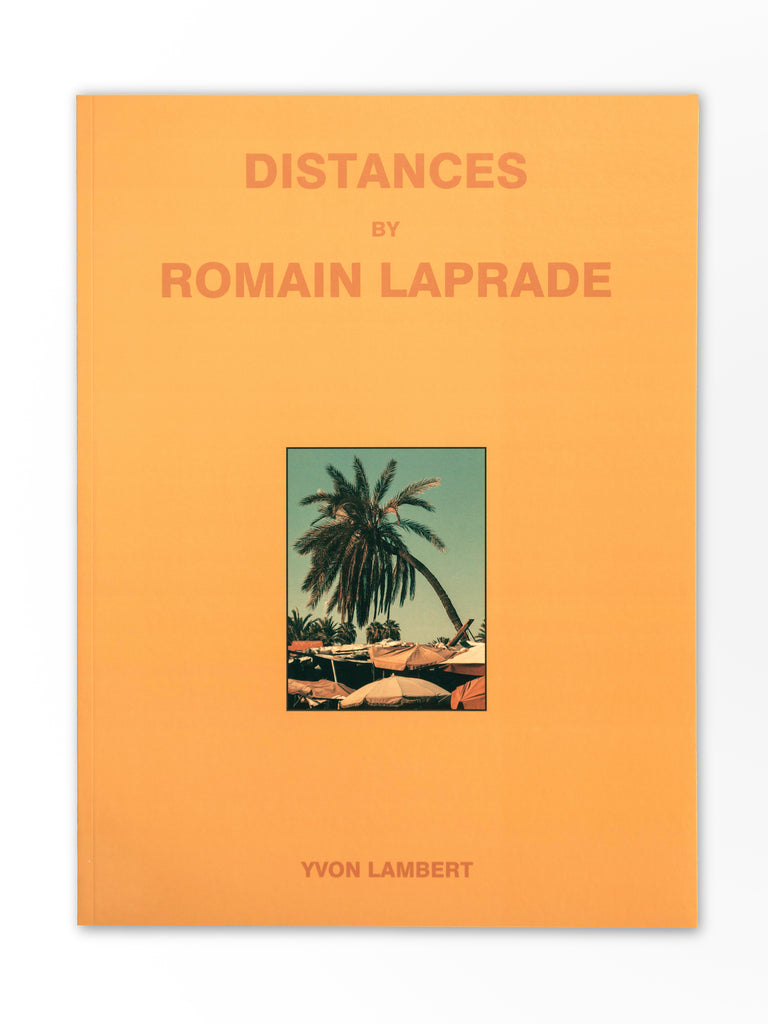
Romain Laprade
“It’s always Spring in Romain Laprade’s photographs.” Romain Laprade is a Paris based photographer notable for his warm, pastel shades....
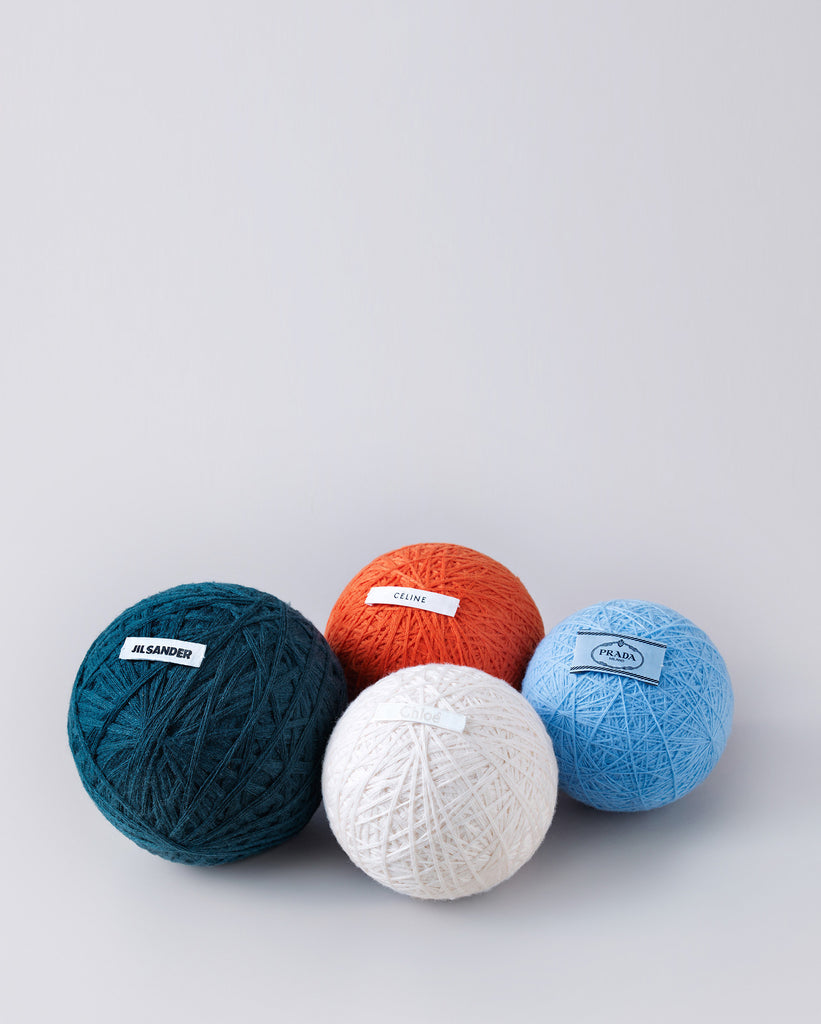
Lernert & Sander
The company has been winning awards since 2011, and has worked with Amnesty International, Hermès, Nowness, Selfridges and more. The founders pride themselves on a “cheeky sense of humour.”